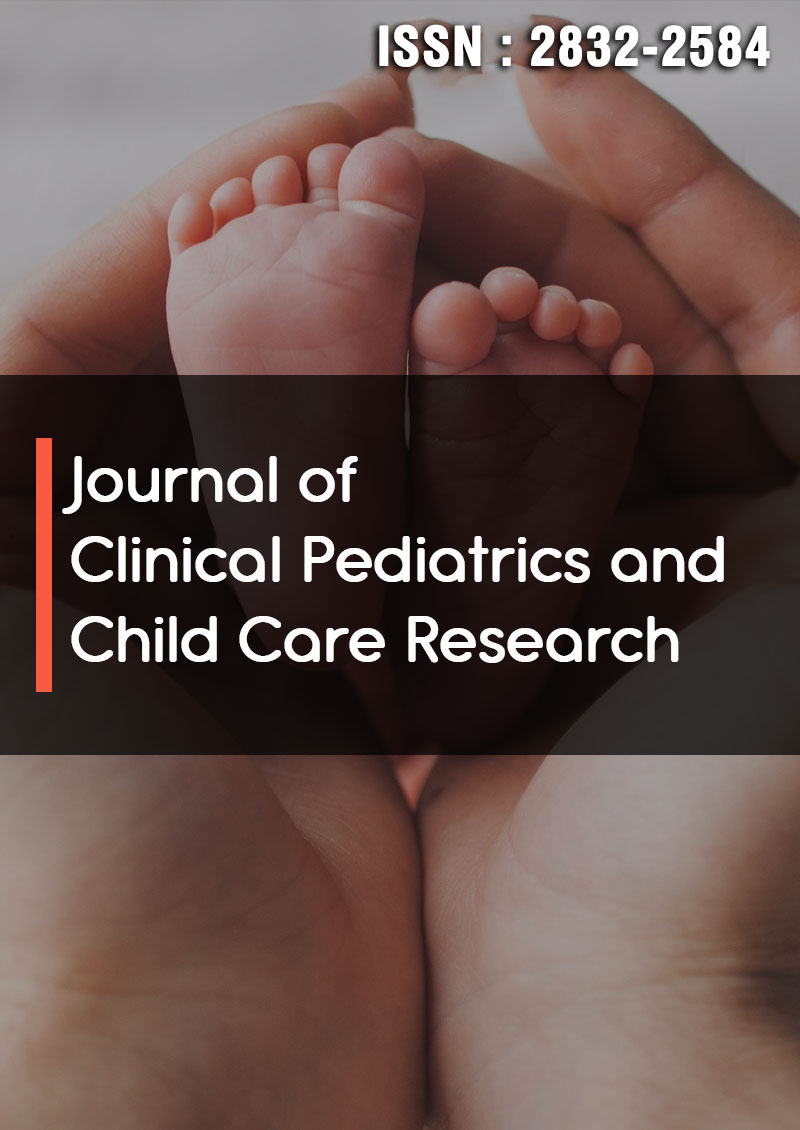Ileal Atresia in Down Syndrome, A Rare Finding
Abstract
Kanwal Khamuani, Ambresha Khemani, Yusra Usman, Waqas Khan, Hania Waheed, Houriyya Mas-roor and Ahsan Bashir
A 37-week-old baby boy was born by cesarean section to a 40-year- old G7P6006 mother who tested positive for 21+ by noninvasive prenatal testing. At delivery, the baby had features of Down Syn- drome, including low-set ears, bilateral epicanthal folds, a flat na- sal bridge, a protruding tongue, a Simian crease on the right hand, an umbilical hernia, and excess skin on the nape of the neck. He presented with Apgar’s of 7 and 8. He was admitted to the NICU requiring CPAP due to respiratory distress, kept NPO, and started on IV fluids. When feeds were started at the end of the first day of life, he was noted to have episodes of bilious emesis, with abdom- inal distention, and failure to pass meconium till 36 hours of life.




